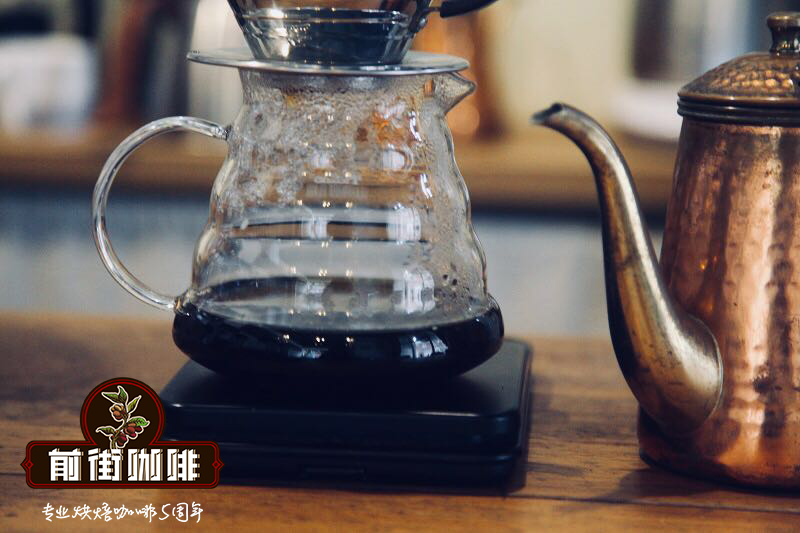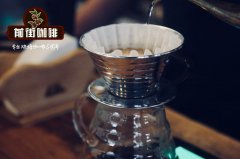Why are Yemeni coffee beans so precious? how about Yemeni coffee?

Professional coffee knowledge exchange more coffee bean information please follow the coffee workshop (Wechat official account cafe_style)
Shortly after coffee was discovered in Ethiopia, coffee bushes spread to Yemen. The mysterious Sufis wrote stories about coffee as early as the 15th century. With the increase in coffee cultivation in Yemen, exports begin at the ancient port of Al-Makha (where the modern term "mocha" originated). Soon, raw coffee beans were smuggled out of Yemen, and these Yemeni coffee beans spawned the variety of coffee we see grown around the world today. But Yemeni coffee is still unique.
The uniqueness of Yemeni coffee can be attributed to the uniqueness of Yemen itself. For centuries, Yemeni coffee has been separated from smuggled beans in other parts of the world. In Yemen, coffee traditionally grows in a harsh environment with high altitude and little rain. As a result, varieties grown in Yemen have to survive in harsh climates. They are the result of centuries of adaptation to these unique conditions-so these varieties themselves are unique to Yemen. In addition, the additional pressure of these conditions on plants increases the amount of nutrients and sugars that are pushed into cherries, eventually increasing the complexity of the cup. Due to lack of rainfall, Yemeni coffee has been dried in the sun (naturally), further increasing the sweetness of the coffee. In the end, Yemeni coffee and its history are like Yemen itself: mysterious, charming and complex.
Unfortunately, coffee production in Yemen has declined significantly over the past few decades. The fundamental problem in recent years is the lack of understanding between Yemeni coffee people and the professional coffee market.
To solve this problem, employees of the Rajan Coffee Factory have set up their procurement, processing and export operations. They believe that Yemen has a unique position in the history of coffee, there are many places to provide specialty coffee market and the Yemeni people. With Andrew, the general manager and co-founder of the company. "We want to make Yemeni coffee famous again," said Nicholson (Andrew Nicholson). Focus on the quality of the cup and everyone will win. Customers can drink delicious coffee, farmers (and others in the supply chain) can make more money, maybe, just maybe grow more coffee, which could have a huge impact on the Yemeni economy! "their commitment to coffee quality, farm-level intervention, good processing practices and tireless quality control, as well as their relationship with Yemeni farmers (and many others in the supply chain), makes Rajan a strong bridge between Yemeni coffee people and the professional coffee market."
This Matari area comes from the famous Bani Mata district of Sana'a. Is it made up of a lot of land, most of which is planted by small farmers? Yemeni coffee varieties are usually simply classified as "heirlooms", but the main varieties represented in this region are locally known as "Udainy" and "Dawi & # 39". At an altitude of 1775 to 1950 Masr, the selection process of this kind of coffee is based entirely on the quality of the cup.
Since Yemen is now at war, this coffee has a good story. The factory team told us that the factory itself was often shaken by bomb explosions, and the bags were even moved to several different places (always in GrainPro) before they were exported, depending on which part of the town the air strikes were concentrated on! Worst of all, the usual export ports are closed, leaving the only option on the other side of the war. At last, there was not even any gunpowder in the cup.
Notes on cupping
This piece of land in Matari needs to be degassed and will change significantly after five days of baking. The difference of the cup after degassing cannot be overemphasized.
END
Important Notice :
前街咖啡 FrontStreet Coffee has moved to new addredd:
FrontStreet Coffee Address: 315,Donghua East Road,GuangZhou
Tel:020 38364473
- Prev

Is Malawian Coffee good? Malawian Coffee tastes correct drinking method
Professional coffee knowledge exchange more coffee bean information please follow the coffee workshop (Wechat official account cafe_style) Malawai Mzuzu AA women's coffee comes from about 200 small-scale farmers and consists of 80% Nyika Catimore and 20% geisha varieties from the farm at 4000 feet and 6200 feet. All in all, the Malawi Mazuzu collaboration is made up of about 4000 small-scale farmers across 5.
- Next

Mexican Coffee What brand is good Mexican Chiapas coffee beans Mexican native coffee brand
Professional coffee knowledge exchange More coffee bean information Please pay attention to our coffee workshop (Weixin Official Accounts cafe_style) Chiapas Turquesa, or turquoise, named after this precious stone This color is everywhere, in its incredible waters and vast sky. This coffee is grown from all over the region and grows at altitudes of 900 to 1100 meters.
Related
- Beginners will see the "Coffee pull flower" guide!
- What is the difference between ice blog purified milk and ordinary milk coffee?
- Why is the Philippines the largest producer of crops in Liberia?
- For coffee extraction, should the fine powder be retained?
- How does extracted espresso fill pressed powder? How much strength does it take to press the powder?
- How to make jasmine cold extract coffee? Is the jasmine + latte good?
- Will this little toy really make the coffee taste better? How does Lily Drip affect coffee extraction?
- Will the action of slapping the filter cup also affect coffee extraction?
- What's the difference between powder-to-water ratio and powder-to-liquid ratio?
- What is the Ethiopian local species? What does it have to do with Heirloom native species?

